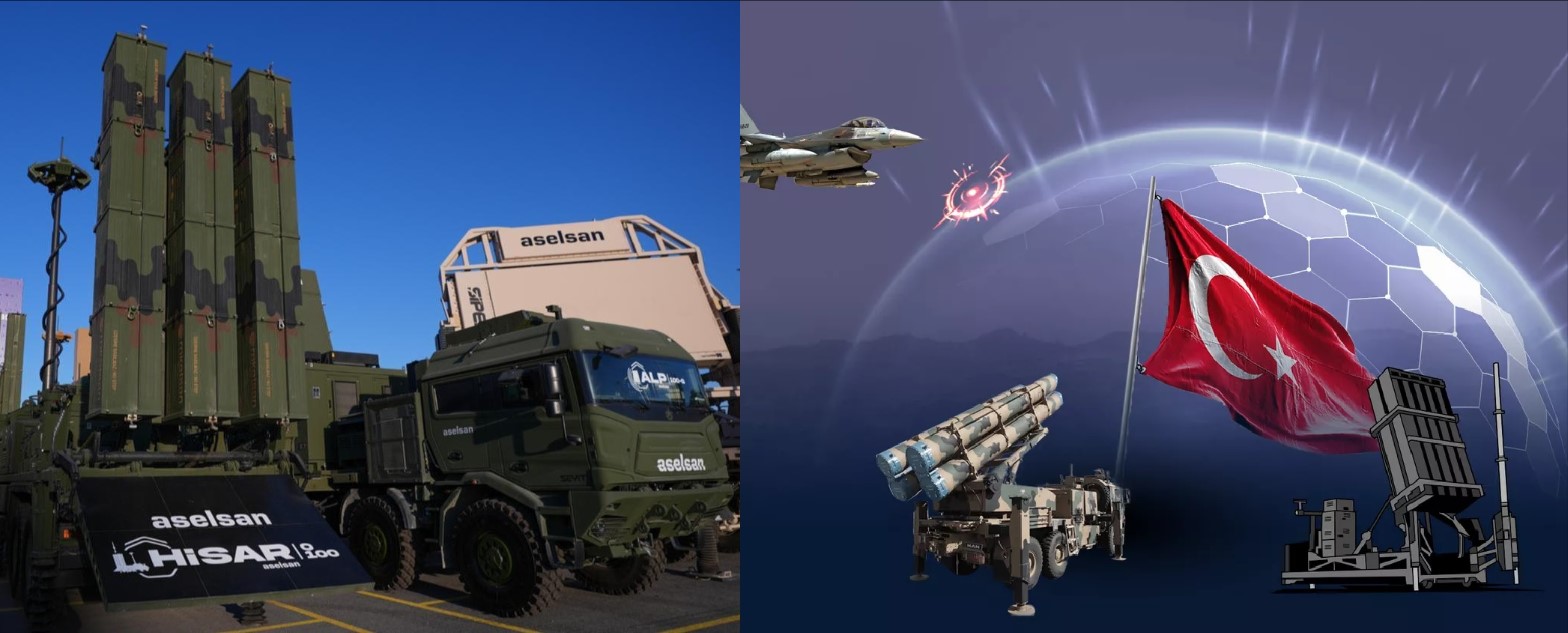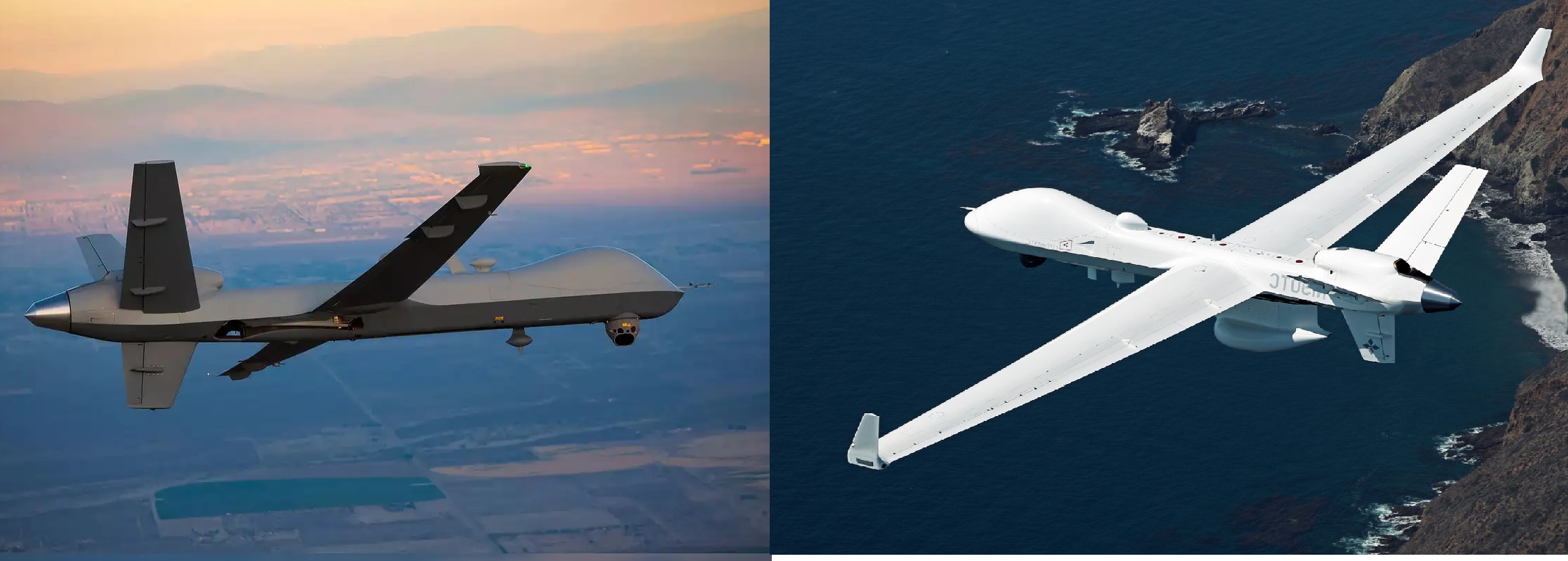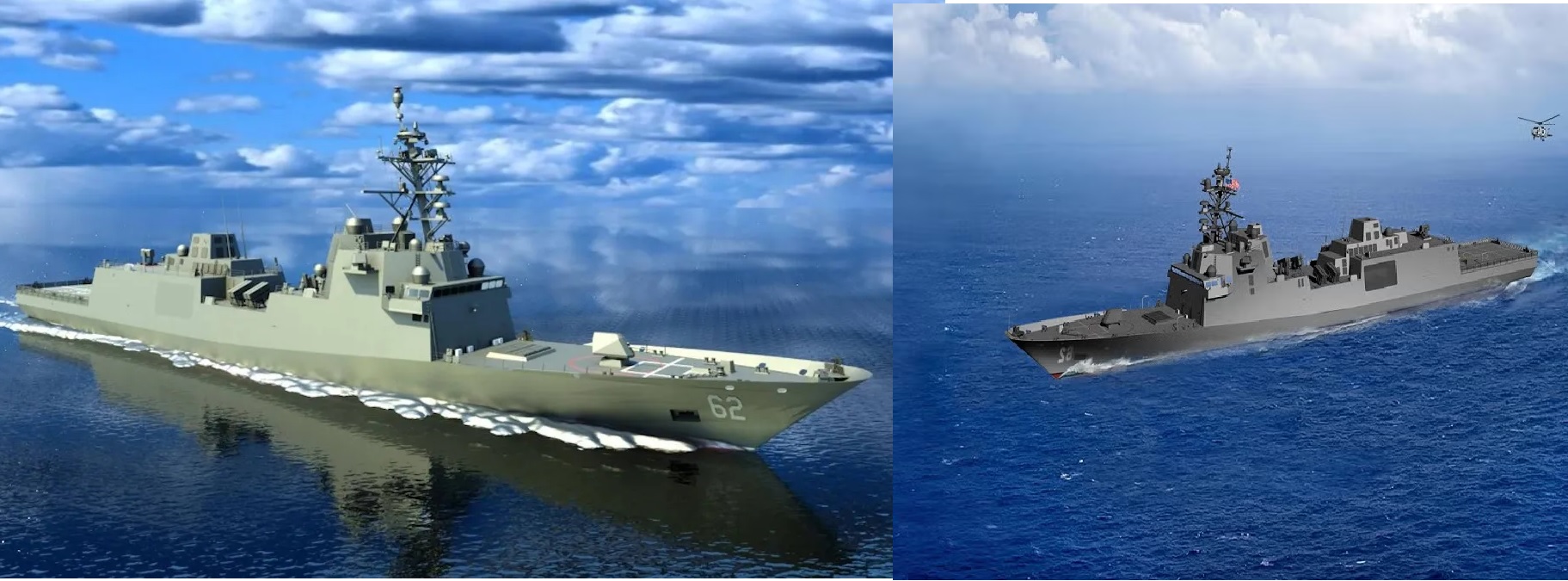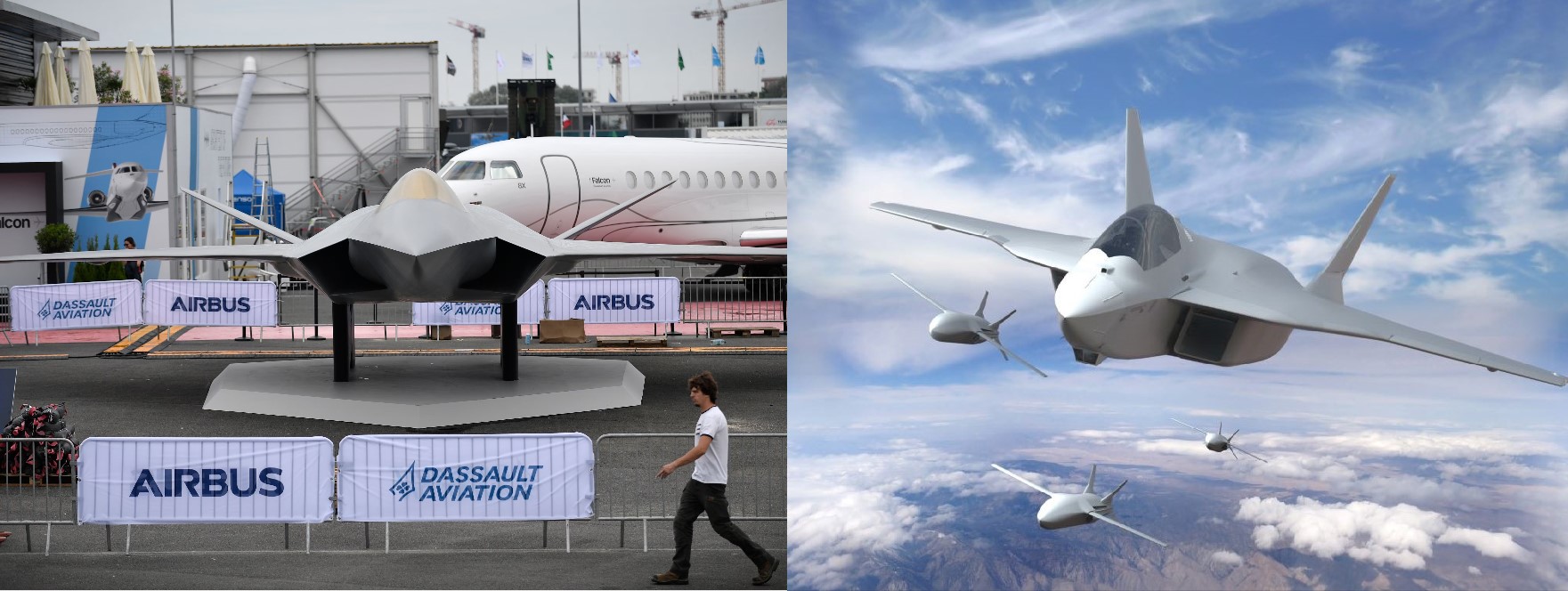China’s Private Sector Unveils Mass-Produced Hypersonic Missile 'YKJ-1000 ' at 1/10th Cost
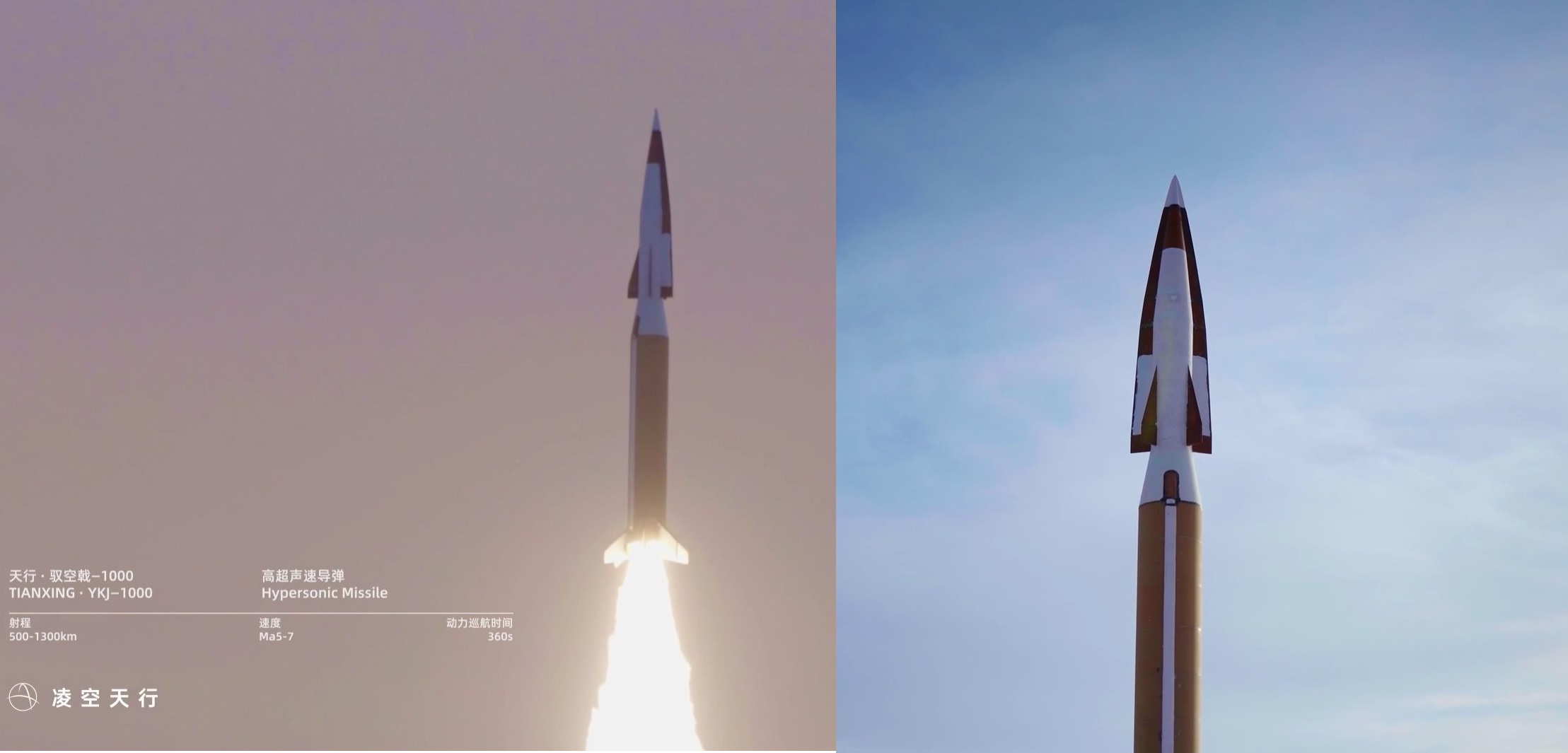
A private Chinese aerospace firm has claimed a world first by beginning mass production of a low-cost, high-performance hypersonic missile, signalling a potentially disruptive shift in global military technology and defence industrial competition. The development — while celebrated by Beijing’s domestic tech community — has triggered significant concern among defence analysts abroad, who warn that inexpensive, mass-produced hypersonic weapons could reshape strategic balances across Asia and beyond.
On Tuesday, Beijing-based Lingkong Tianxing Technology released a video showcasing its YKJ-1000 hypersonic missile in a desert test range. The footage included liftoff, mid-flight manoeuvres and a successful strike on a ground target following a steep terminal dive.
According to a company representative, the YKJ-1000 is already in mass production, and — more controversially — costs just one-tenth the price of traditional hypersonic-class missiles, a claim that, if accurate, could drastically lower the global entry barrier for advanced strike capabilities.
Hypersonic Performance: Mach 5–7 Speeds, 500–1,300 km Range
The YKJ-1000 maintains speeds between Mach 5 and Mach 7 and remains powered for six minutes, permitting long-range, high-energy manoeuvring. Its range of 500 to 1,300 km places key regional targets — from military bases to naval assets — within reach.
The missile’s launcher is disguised as a standard shipping container, enabling deployment from trucks, ships and other mobile platforms. Video of the launch showed automated stabiliser supports extending from the container before ignition.
Animated sequences highlighted advanced autonomous functions. Mid-flight target recognition and threat evasion were depicted, suggesting the system may be designed to bypass layered defences such as carrier strike groups or land-based air defence networks.
Footage Shows Strike on Real Target — and Simulated Strike on Japan
Actual test footage showed the missile diving at high speed onto a ground target. A more provocative animation at the end depicted eight missiles flying in formation toward Japan, marking multiple impact points to demonstrate coordinated strike capability — imagery likely to raise diplomatic concern in Tokyo and Washington.
Chinese state media did not comment on this portion of the video, but security analysts say such visuals appear aimed at showcasing deterrent value, aligning with China’s broader military messaging in the region.
Private Sector Breaks into a Traditionally State-Dominated Domain
Traditionally, China’s missile and aerospace development has been dominated by state-owned giants such as CASC and AVIC. The emergence of a private firm claiming full-spectrum capability — including aerodynamics, thermal protection, propulsion, guidance and system integration — marks an important shift.
The firm said it had secured military industry certifications and operates an independent technology chain, a claim foreign experts suggest may reflect significant state backing behind the scenes.
The Cost Factor: An Alarming New Variable
Lingkong Tianxing attributes its reportedly low production costs to:
-
civilian-grade automotive chips,
-
repurposed automotive production lines,
-
common construction materials, and
-
AI-driven manufacturing systems.
This industrial model mirrors China’s success in drones, electric vehicles, and commercial aerospace, raising concerns that the country could translate its civilian manufacturing scale into mass-produced military systems.
Western defence officials warn that affordable hypersonic systems could:
-
enable large-scale saturation strikes, overwhelming even advanced air defences;
-
prompt regional arms races;
-
encourage more aggressive posturing during crises; and
-
reduce the strategic insulation expensive systems previously provided.
A U.S. defence analyst noted that while Washington has spent decades and tens of billions of dollars on hypersonic programs through Boeing, Lockheed Martin and others, China’s commercial-style mass production model could give it a numerical advantage long before other nations reach similar industrial efficiency.
Future Variants: AI, Swarming, and Civilian Hypersonic Flight
According to the company, an upgraded YKJ-1000 variant is being developed with AI-driven autonomy, swarm coordination, and improved sensor integration — technologies that could enable collective attacks or coordinated reconnaissance.
In a corporate article published November 1, the firm argued that defence systems are shifting from “high-cost, long-cycle, specialised platforms” to “low-cost, large-scale, autonomously intelligent systems”, comparing future warfare to swarms of uncrewed, networked platforms.
The company is also developing a civilian hypersonic aircraft capable of sustained flight above Mach 5, with a test target of 2027 and a full-scale vehicle expected by 2030 — an ambition that analysts view with caution, given the dual-use nature of hypersonic technologies.
International Concerns Grow
While Chinese commentators celebrated the achievement as an example of private-sector innovation, foreign observers have raised alarms:
-
Japan is expected to issue a formal inquiry regarding the missile video’s simulated strike imagery.
-
The U.S. Indo-Pacific Command is assessing what mass-produced hypersonic systems could mean for force posture in the region.
-
NATO analysts warn that low-cost hypersonics could proliferate rapidly if China chooses to export them to strategic partners.
Non-proliferation experts stress that the combination of high speed, autonomy, container-based mobility and low cost represents a new class of strategic challenge, potentially blurring lines between conventional and strategic deterrence.
A Watershed Moment in Global Arms Development
Lingkong Tianxing’s unveiling — true or exaggerated — signals a pivotal moment. Whether China genuinely possesses the capacity for large-scale hypersonic missile production remains to be independently verified. But the messaging alone reflects Beijing’s confidence in its expanding technological ecosystem.
If China can produce hypersonic missiles as cheaply and abundantly as drones or commercial hardware, global military balances — especially in the Indo-Pacific — could face unprecedented strain.
For now, defence experts worldwide are treating the YKJ-1000 not just as a new missile, but as a symbol of a coming shift in how advanced weapons may be designed, manufactured and deployed.
✍️ This article is written by the team of The Defense News.

